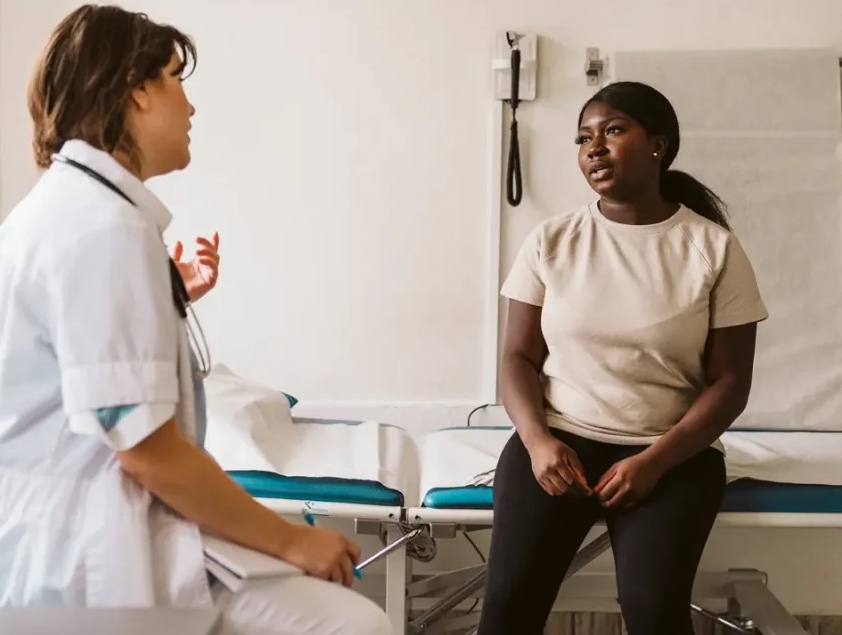The State of Abortion in Indiana
“I never wanted this, I had no choice, I had no money, I had no time, I didn’t want a child.”
These statements and so many more have been shared over the quickly passing 10 months since the Supreme Court overruled Roe v. Wade. The court ruled upon the principle of states rights to regulate abortion laws how they see fit.
Ok, so let’s turn to our state of Indiana.
The United States has the highest maternal mortality rate among developed countries and is the only developed nation in which that rate is rising. (National Public Radio, 2017).
Within the United States, Indiana has the third highest maternal mortality rate among all reporting states at 44 deaths per 100,000 live births, with contributing factors being lack of prenatal health care, inadequate healthcare, and discriminatory practices among healthcare providers.
‘”Maternal health is adversely impacted by discrimination resulting from structural inequities and provider bias”. Indiana’s MMRC defines discrimination as “treating someone less or more favorably based on the group, class, or category they belong to resulting from biases, prejudices, and stereotyping.”
The MMRC found that discrimination contributed to 8% of pregnancy-associated deaths. This definition included discrimination pertaining to race, obesity, substance use, and mental health history. Identifying and addressing bias in health care systems is vital to improving health outcomes” (National Academies, 2022).
Factoring into the already actively anti-human healthcare practices, structural racism within that system affects people of color at a significantly higher rate.
 Commonly held misconceptions regarding Black women’s pain tolerance compared to white women and the resulting invalidation of their pain exacerbate poor maternal health outcomes for Black women.
Commonly held misconceptions regarding Black women’s pain tolerance compared to white women and the resulting invalidation of their pain exacerbate poor maternal health outcomes for Black women.
This was true even for those who had advantages of high income and education.
Maternal mortality rates between Black women with doctoral-level training and white women with a high school education are nearly on par, indicating the effect of structural racism on health outcomes (Saluja, B., & Bryant, Z., 2021).
Considering these factors and understanding the people these laws impact highlights the flaws in the supreme court decision, and leaves an astounding gap in healthcare that needs to be addressed.
These damning numbers beg the question: if birthing a child has enough risks of its own, why risk it?
Domestic violence perpetrators often use pregnancy as a way to control their partners. Experiencing violence, especially from intimate partners, is common among women having abortions, with 6% to 22% reporting recent violence from an intimate partner (Results from the WHO Multi-Country Study, 2013).
Concern about violence is a reason some pregnant women decide to terminate their pregnancies. In particular, women who report violence as a reason for abortion describe not wanting to expose children to violence and believing that having the baby will tether them to an abusive partner.
Abortion rights are human rights, abortion is a mental health policy, abortion is a crisis hotline, abortion is community care, abortion saves peoples lives.
In a state where 44 out of every 100,000 births end in fatality, it is important that we advocate for those in our communities for safe and equal access to healthcare.
Resources in Indiana:
Hoosier Abortion Fund
https://alloptionsprc.org/hoosier-abortion-fund/
Directory of Black Women Physicians
https://drcindyduke.com/black-women-physicians-directory/
Planned Parenthood – Indiana
By Corinne Herdon
DVN Youth Program Manager

